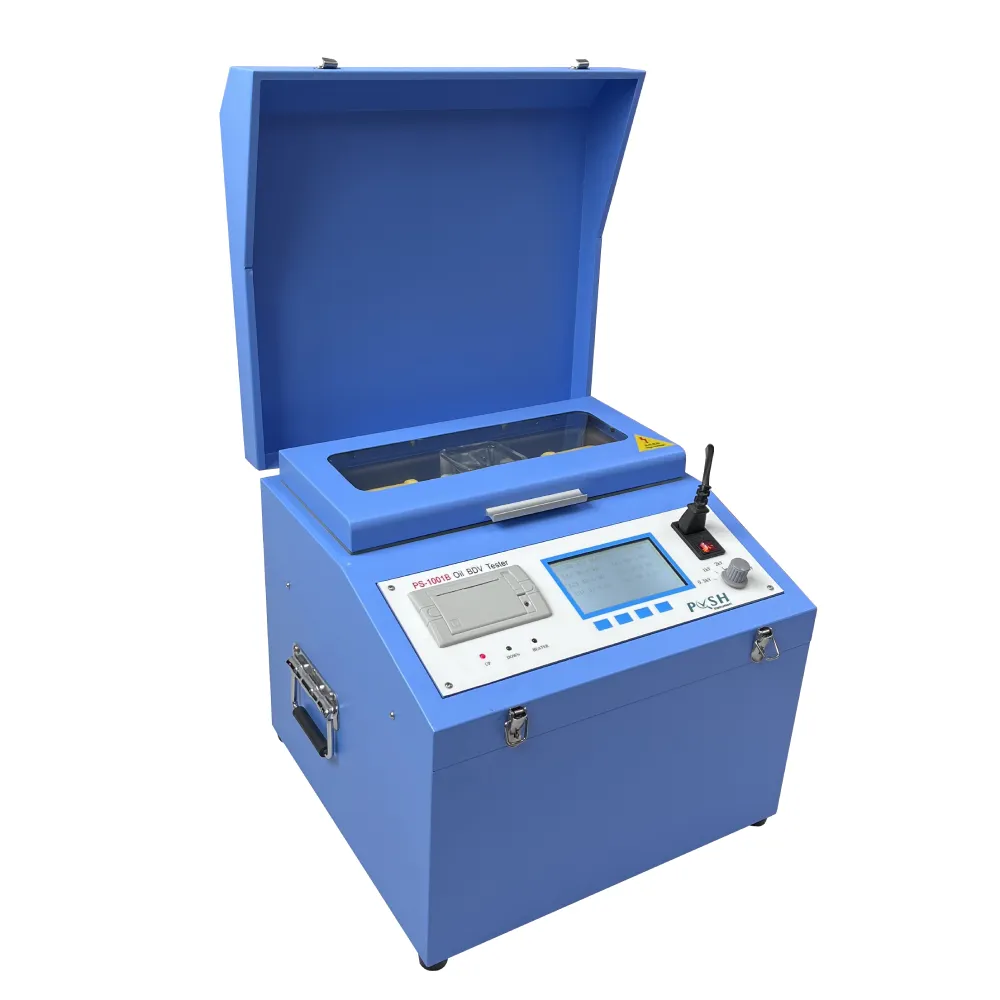 English
English



-
 Afrikaans
Afrikaans -
 Albanian
Albanian -
 Amharic
Amharic -
 Arabic
Arabic -
 Armenian
Armenian -
 Azerbaijani
Azerbaijani -
 Basque
Basque -
 Belarusian
Belarusian -
 Bengali
Bengali -
 Bosnian
Bosnian -
 Bulgarian
Bulgarian -
 Catalan
Catalan -
 Cebuano
Cebuano -
 China
China -
 China (Taiwan)
China (Taiwan) -
 Corsican
Corsican -
 Croatian
Croatian -
 Czech
Czech -
 Danish
Danish -
 Dutch
Dutch -
 English
English -
 Esperanto
Esperanto -
 Estonian
Estonian -
 Finnish
Finnish -
 French
French -
 Frisian
Frisian -
 Galician
Galician -
 Georgian
Georgian -
 German
German -
 Greek
Greek -
 Gujarati
Gujarati -
 Haitian Creole
Haitian Creole -
 hausa
hausa -
 hawaiian
hawaiian -
 Hebrew
Hebrew -
 Hindi
Hindi -
 Miao
Miao -
 Hungarian
Hungarian -
 Icelandic
Icelandic -
 igbo
igbo -
 Indonesian
Indonesian -
 irish
irish -
 Italian
Italian -
 Japanese
Japanese -
 Javanese
Javanese -
 Kannada
Kannada -
 kazakh
kazakh -
 Khmer
Khmer -
 Rwandese
Rwandese -
 Korean
Korean -
 Kurdish
Kurdish -
 Kyrgyz
Kyrgyz -
 Lao
Lao -
 Latin
Latin -
 Latvian
Latvian -
 Lithuanian
Lithuanian -
 Luxembourgish
Luxembourgish -
 Macedonian
Macedonian -
 Malgashi
Malgashi -
 Malay
Malay -
 Malayalam
Malayalam -
 Maltese
Maltese -
 Maori
Maori -
 Marathi
Marathi -
 Mongolian
Mongolian -
 Myanmar
Myanmar -
 Nepali
Nepali -
 Norwegian
Norwegian -
 Norwegian
Norwegian -
 Occitan
Occitan -
 Pashto
Pashto -
 Persian
Persian -
 Polish
Polish -
 Portuguese
Portuguese -
 Punjabi
Punjabi -
 Romanian
Romanian -
 Russian
Russian -
 Samoan
Samoan -
 Scottish Gaelic
Scottish Gaelic -
 Serbian
Serbian -
 Sesotho
Sesotho -
 Shona
Shona -
 Sindhi
Sindhi -
 Sinhala
Sinhala -
 Slovak
Slovak -
 Slovenian
Slovenian -
 Somali
Somali -
 Spanish
Spanish -
 Sundanese
Sundanese -
 Swahili
Swahili -
 Swedish
Swedish -
 Tagalog
Tagalog -
 Tajik
Tajik -
 Tamil
Tamil -
 Tatar
Tatar -
 Telugu
Telugu -
 Thai
Thai -
 Turkish
Turkish -
 Turkmen
Turkmen -
 Ukrainian
Ukrainian -
 Urdu
Urdu -
 Uighur
Uighur -
 Uzbek
Uzbek -
 Vietnamese
Vietnamese -
 Welsh
Welsh -
 Bantu
Bantu -
 Yiddish
Yiddish -
 Yoruba
Yoruba -
 Zulu
Zulu
potentiometric precipitation titration
Potentiometric Precipitation Titration A Comprehensive Overview
Potentiometric precipitation titration is a widely utilized analytical technique in the field of chemistry, particularly for the determination of the concentration of specific ions in a solution. This method combines the principles of potentiometry and precipitation titration, allowing for precise quantitative analysis in various settings, including environmental monitoring, pharmaceuticals, and quality control in manufacturing processes.
Basic Principles
In potentiometric precipitation titration, a precipitate forms when a titrant is added to a solution containing an analyte. The precipitate is typically a sparingly soluble salt formed by the reaction of the titrant with the analyte. As the titration progresses, the concentration of the ions in solution changes, which affects the potential measured by an ion-selective electrode. The change in potential correlates directly to the concentration of the ions before and after the formation of the precipitate.
To perform such a titration, an appropriate titrant must be chosen, one that reacts with the analyte to form a precipitate. Common examples include silver nitrate for chloride ions or barium chloride for sulfate ions. The choice of titrant is essential as it determines the endpoint of the titration, which is detected through the potential changes in the solution.
Instrumentation and Procedure
The instrumentation for potentiometric precipitation titration typically includes a pH meter or potentiometer coupled with an ion-selective electrode. The ion-selective electrode is sensitive to the specific ion of interest, providing real-time potential measurements. This setup allows for a more accurate determination of the endpoint in comparison to visual indicators used in traditional titrations.
The procedure begins by preparing the sample solution, which contains the ion to be analyzed. The titrant is then added gradually, and the potential is continuously monitored. As the titration approaches the equivalence point, the potential changes sharply due to the sudden formation of the precipitate. The endpoint of the titration is identified when a stable potential is reached, indicating that all the analyte has reacted with the titrant.
potentiometric precipitation titration

Applications
Potentiometric precipitation titration is employed across various fields. In environmental chemistry, it is used to analyze the concentration of heavy metals or pollutants in water samples. In pharmaceuticals, it ensures the quality and purity of active ingredients by determining ion concentrations. Additionally, it plays a pivotal role in food and beverage industries, where it is crucial to monitor ion levels for quality assurance.
One of the advantages of this technique is its high sensitivity and specificity, which allows for the detection of low concentrations of ions. Furthermore, the method is relatively straightforward and can be automated, enhancing efficiency and reproducibility in analyses.
Challenges and Considerations
While potentiometric precipitation titration is beneficial, certain challenges must be addressed. Potential interferences from other ions present in the solution could affect the accuracy of the measurements. Thus, it is crucial to understand the chemical composition of the sample being analyzed. Furthermore, proper calibration of the ion-selective electrode is vital to ensure reliable results.
The solubility of the precipitate also plays a significant role in the efficiency of the titration. If the precipitate is too soluble, it may dissolve back into the solution, leading to inaccurate endpoint detection. Therefore, selecting the right conditions—such as temperature and concentration—is essential.
Conclusion
Potentiometric precipitation titration stands out as a robust method for quantitative analysis of ion concentrations in various samples. Its combination of potentiometry and precipitation principles results in precise measurements that are invaluable across many scientific fields. By addressing the challenges associated with the technique, practitioners can leverage its strengths to achieve accurate, reliable analytical results.
-
Testing Equipment Industry Sees Major Advancements in 2025: Smart & Precision Technologies Lead the WayNewsJun.06,2025
-
Applications of Direct Current Generators in Renewable Energy SystemsNewsJun.05,2025
-
Hipot Tester Calibration and Accuracy GuidelinesNewsJun.05,2025
-
Digital Circuit Breaker Analyzer Features and BenefitsNewsJun.05,2025
-
Benefits of Real-Time Power Quality Monitoring Devices for Industrial EfficiencyNewsJun.05,2025
-
Earth Fault Loop Testing in High-Rise Building Electrical SystemsNewsJun.05,2025



